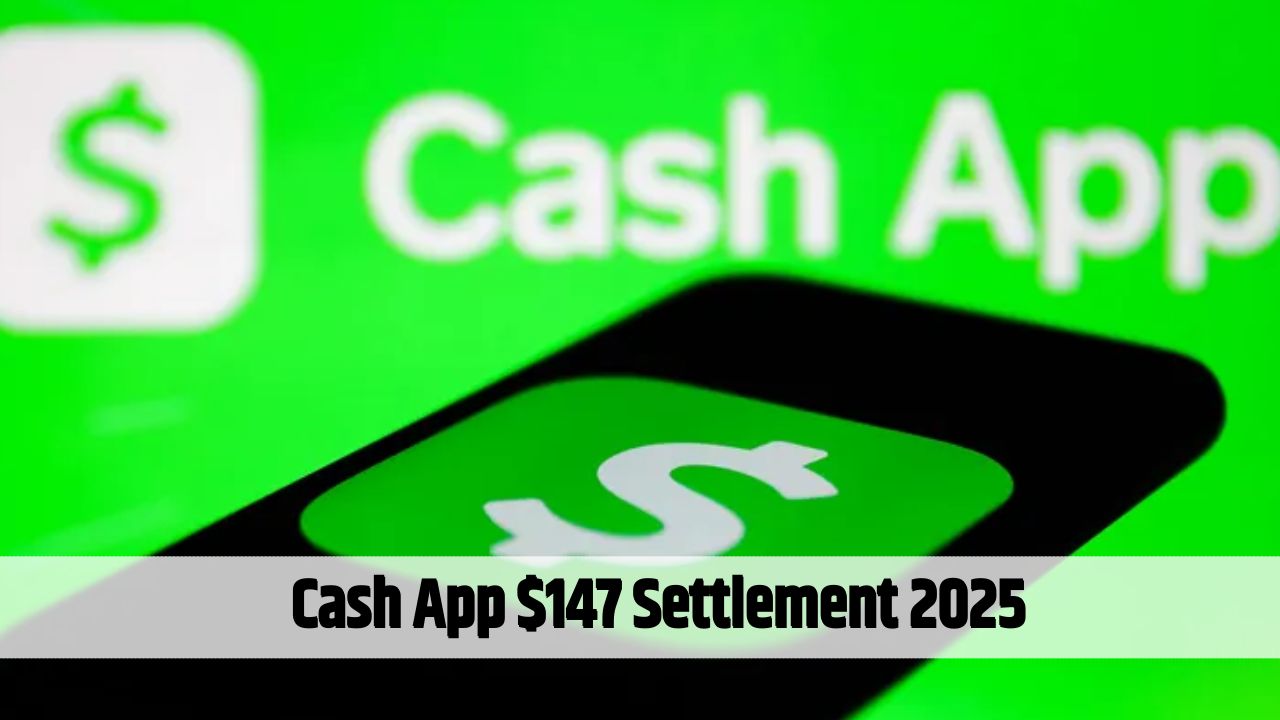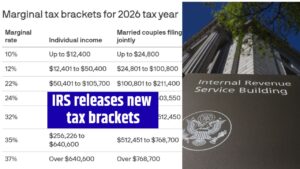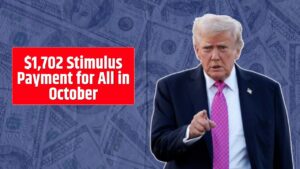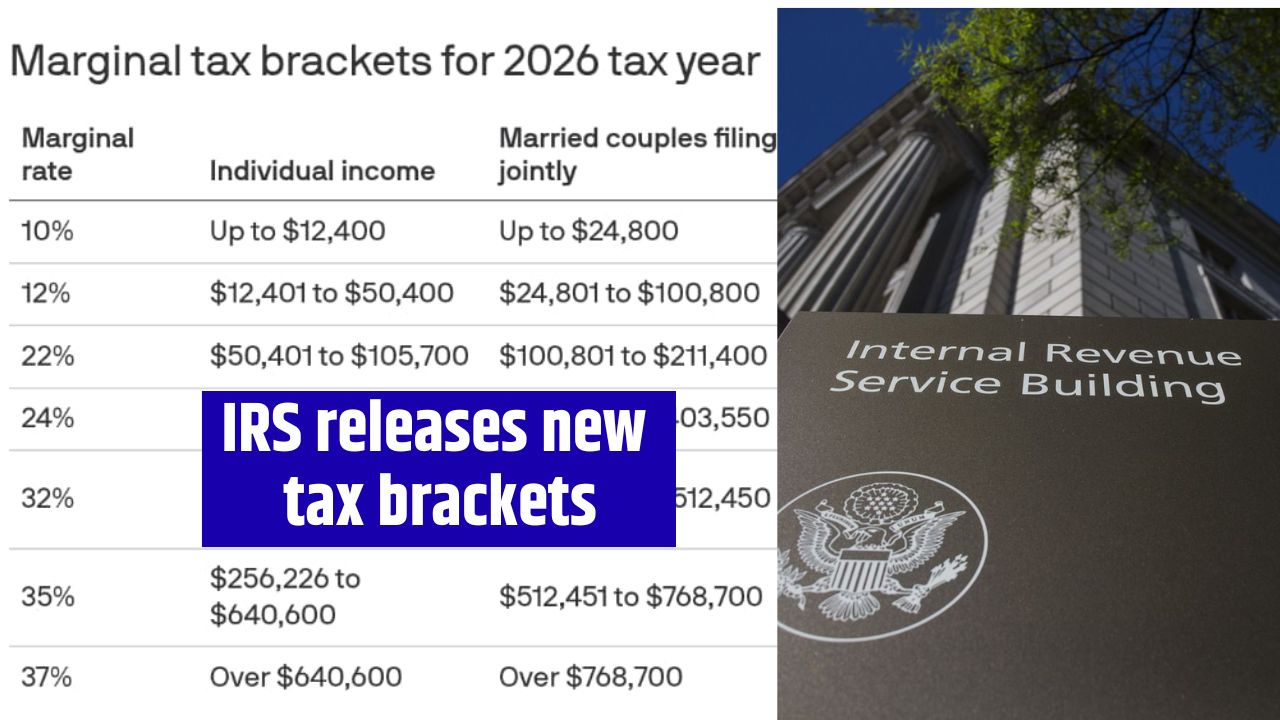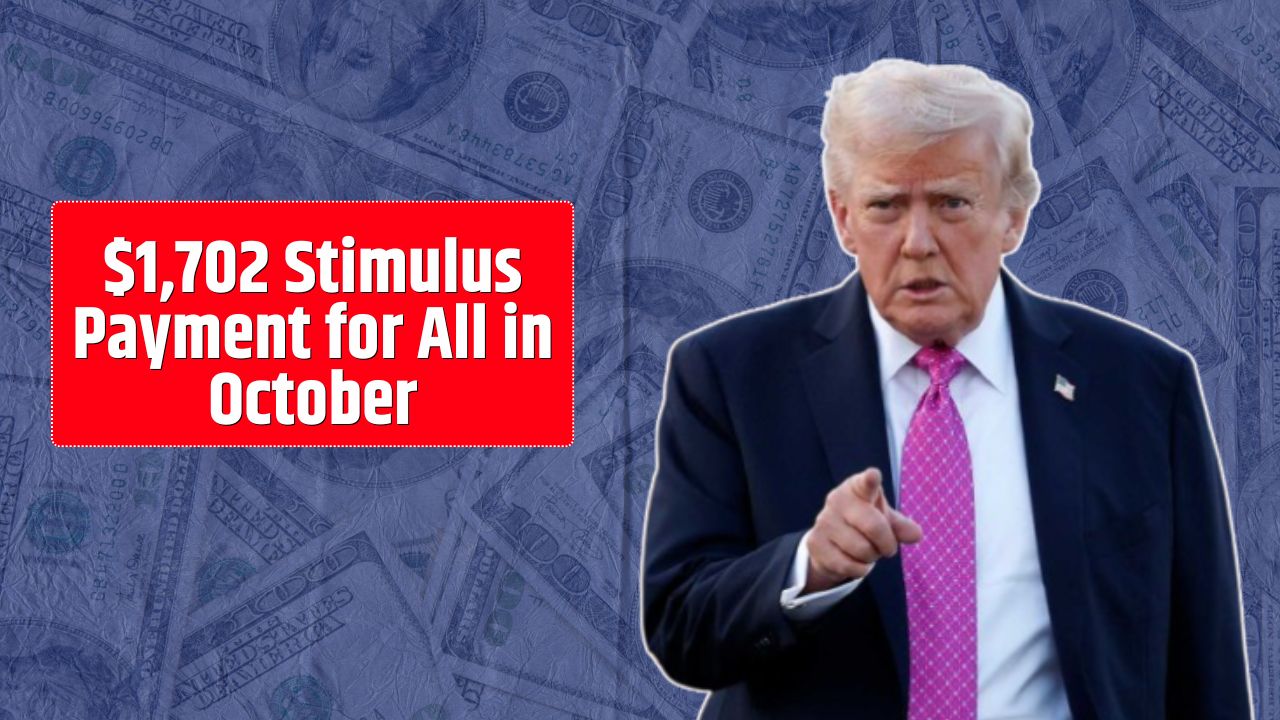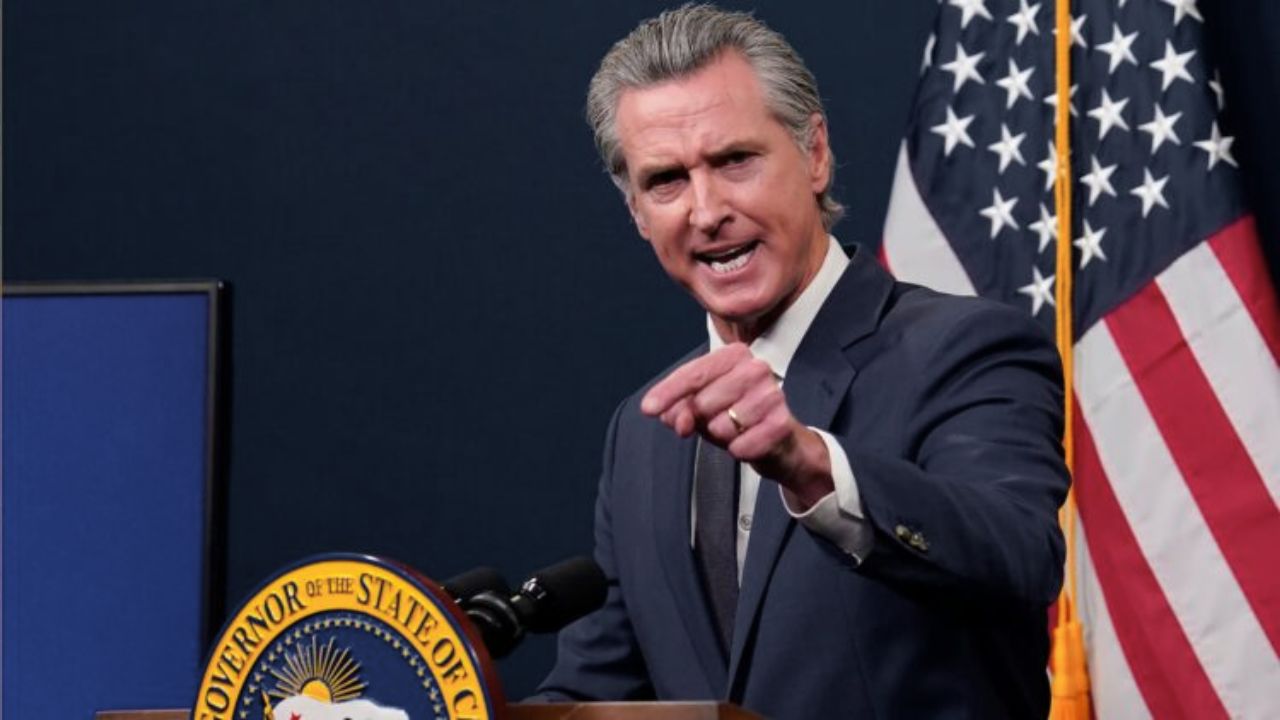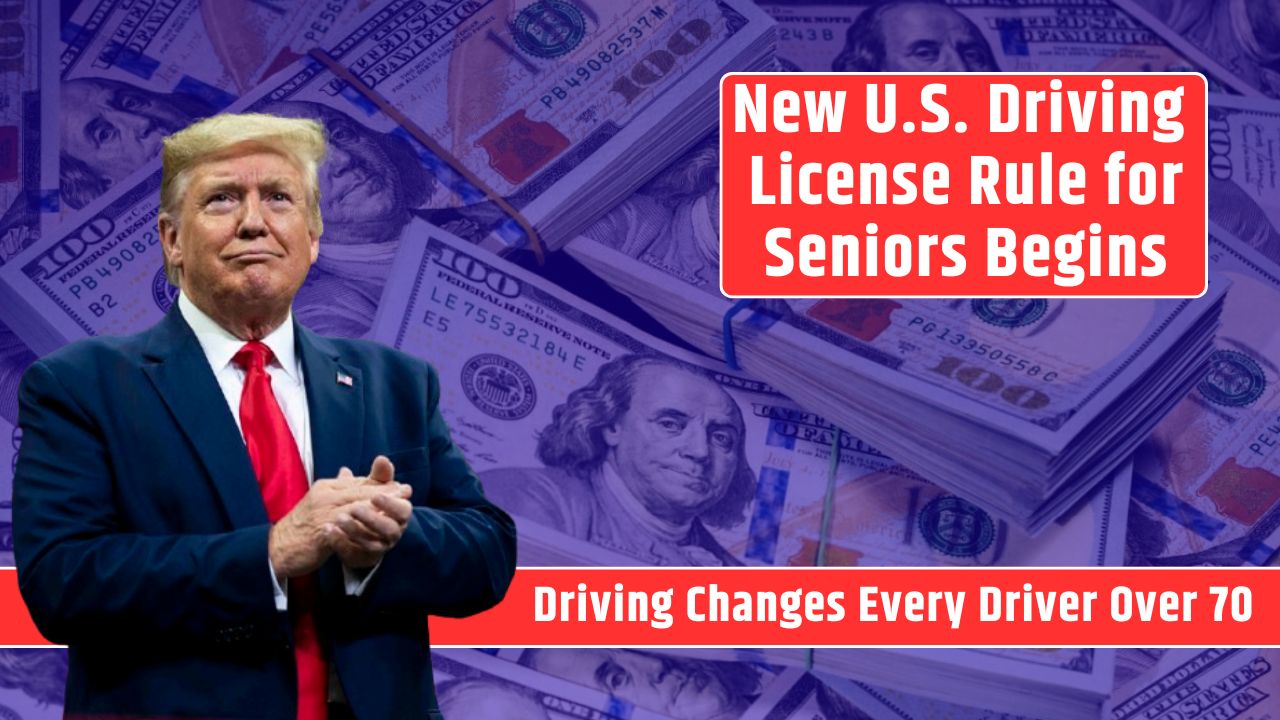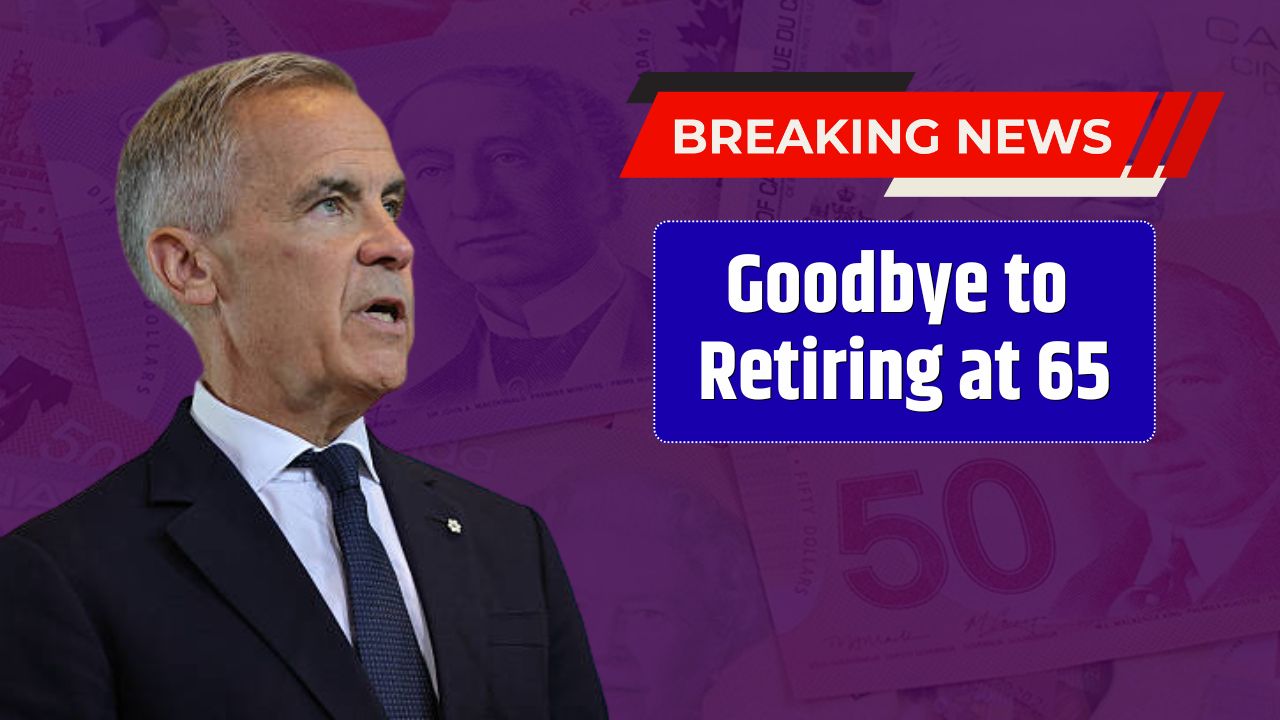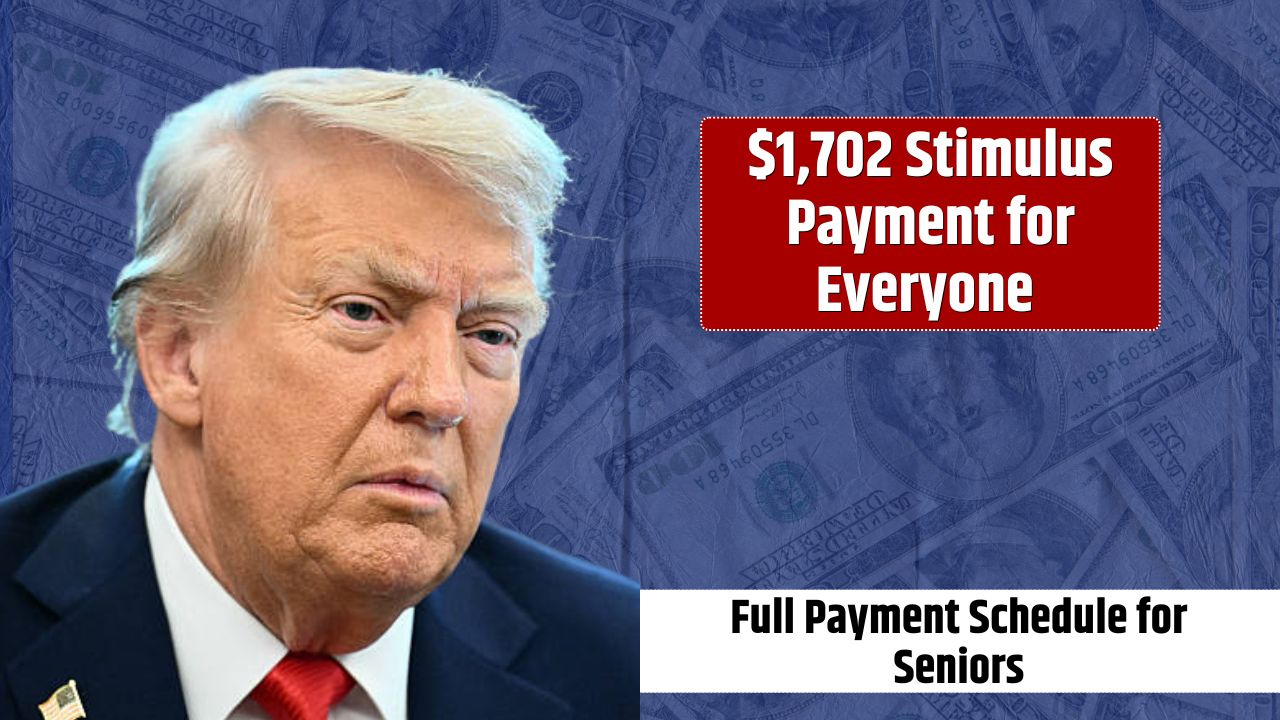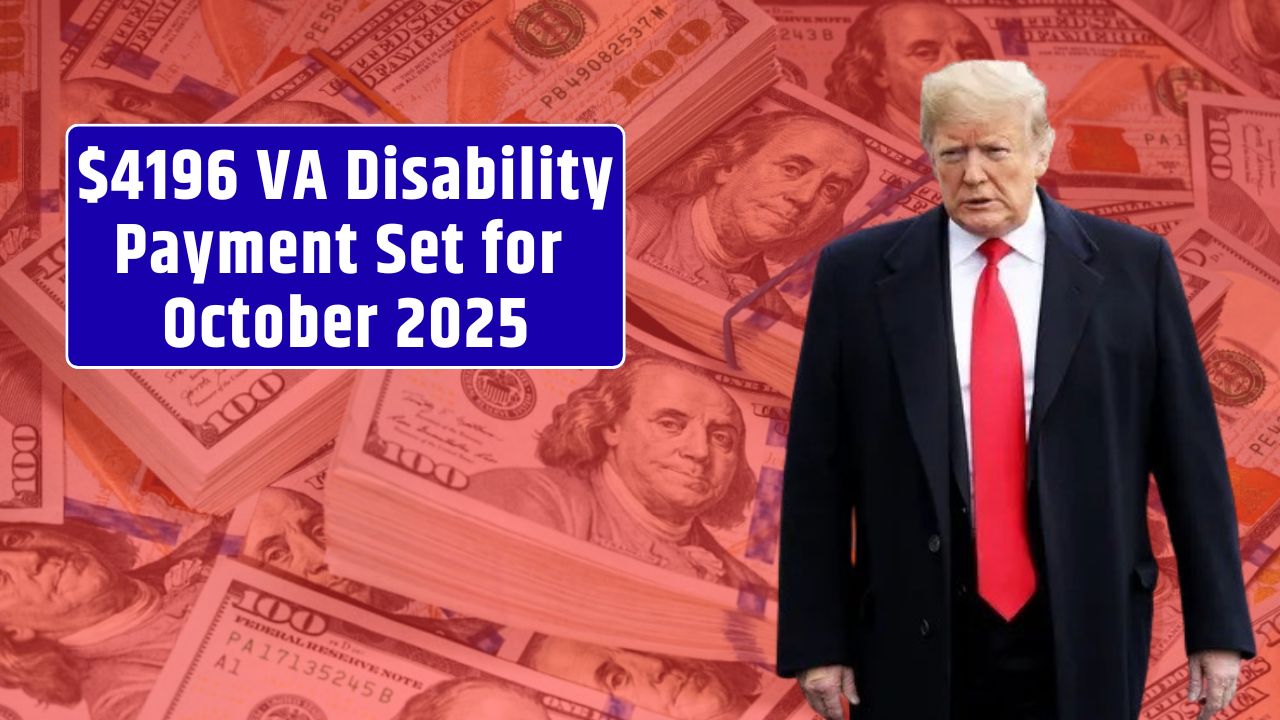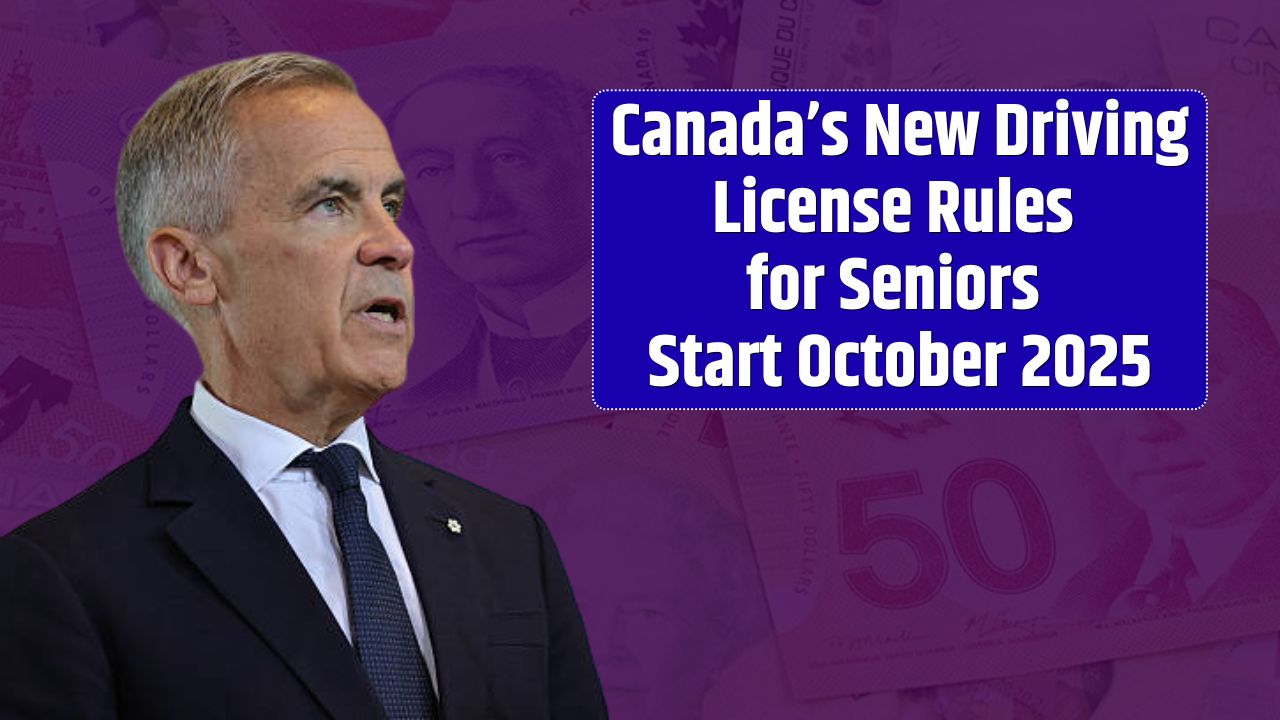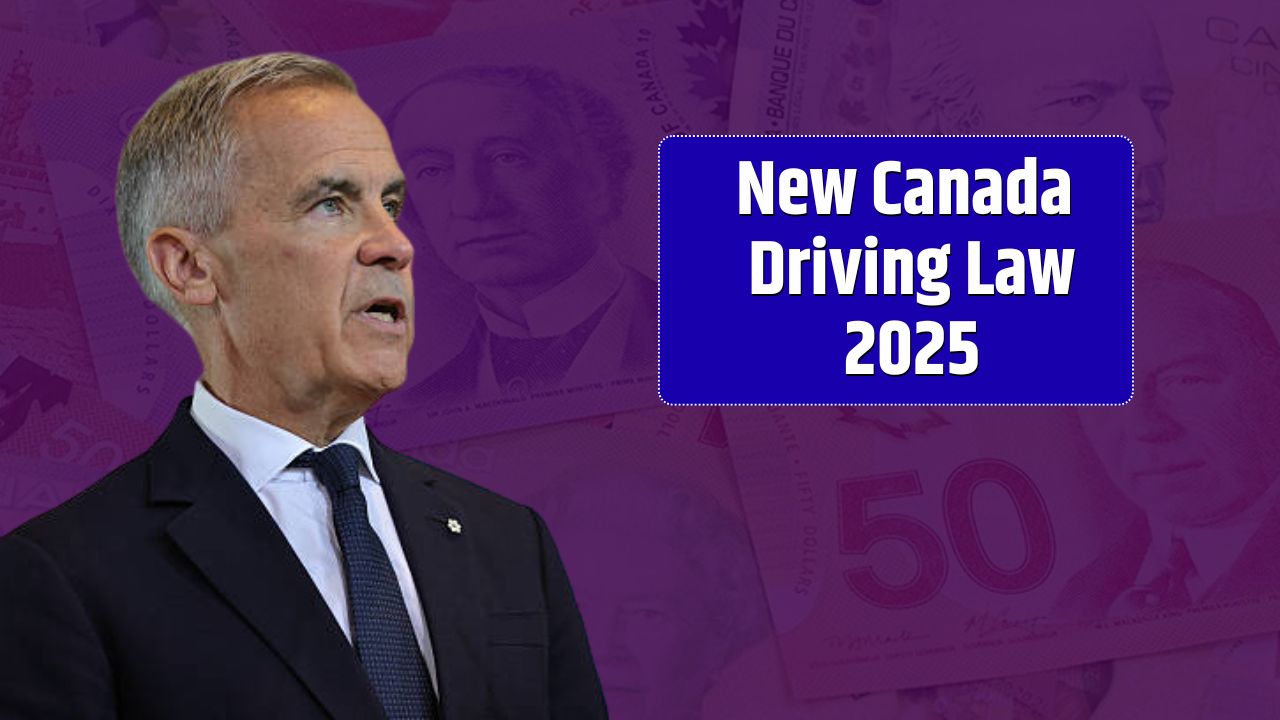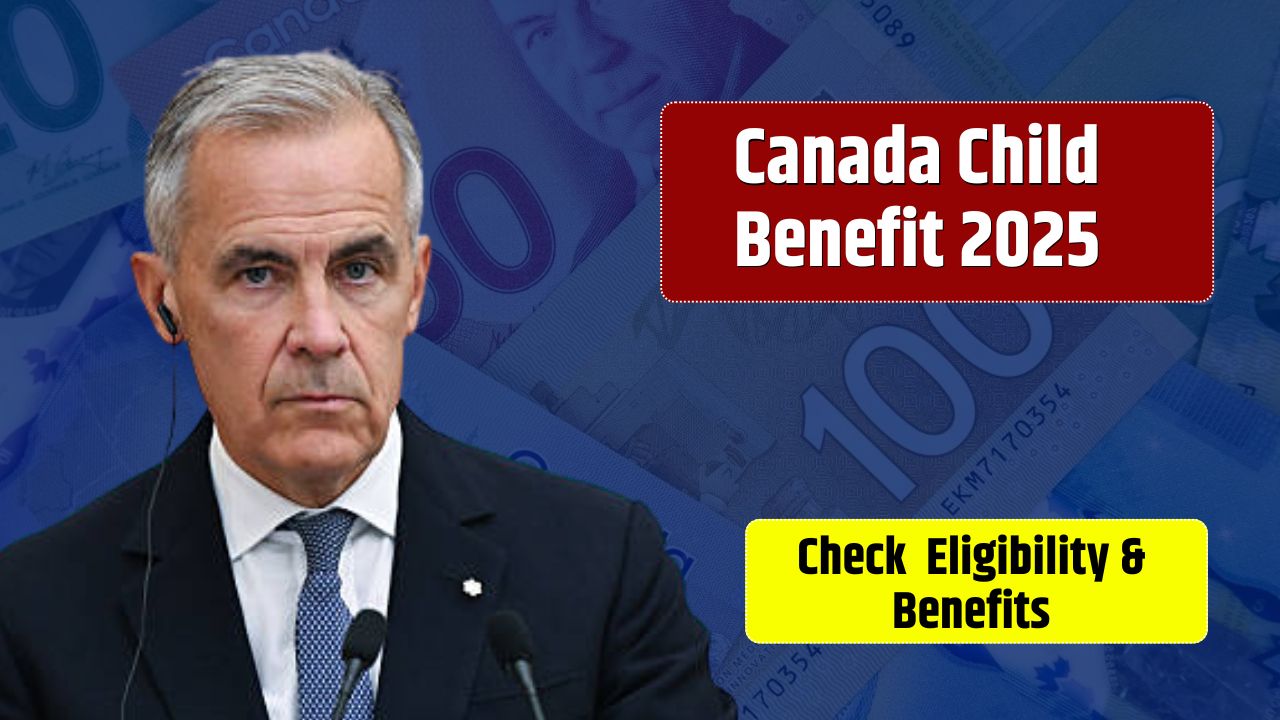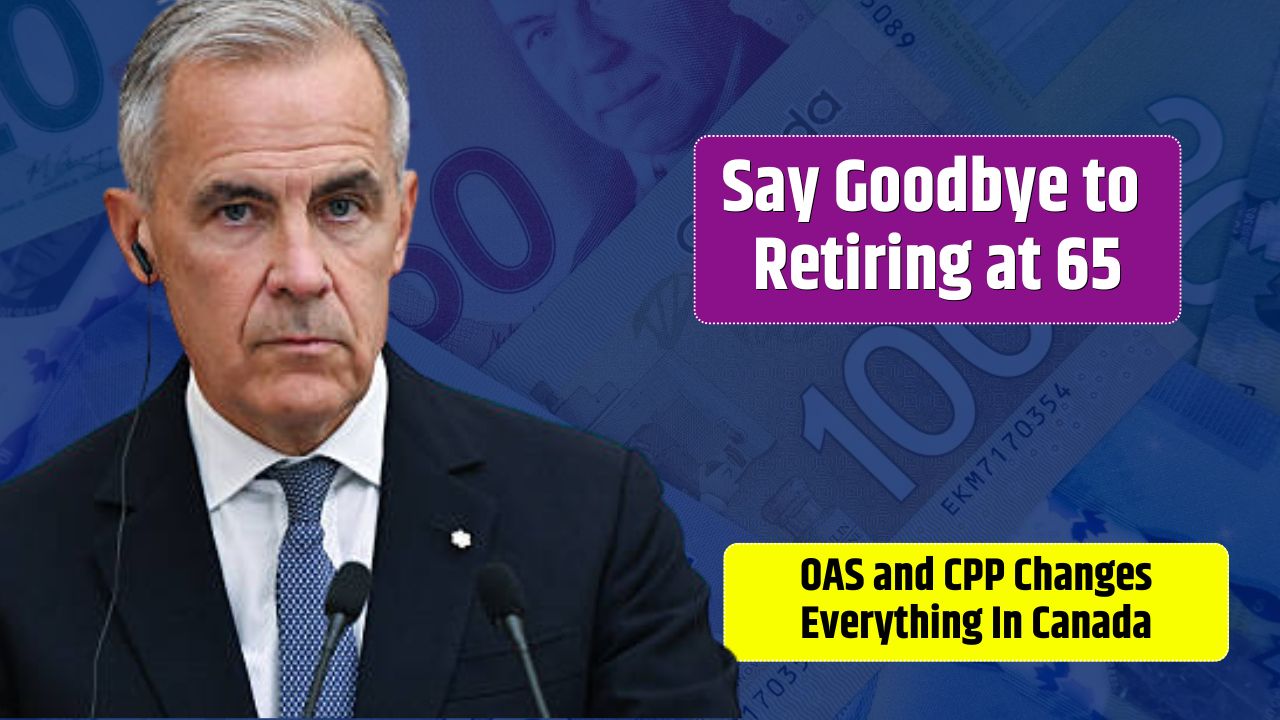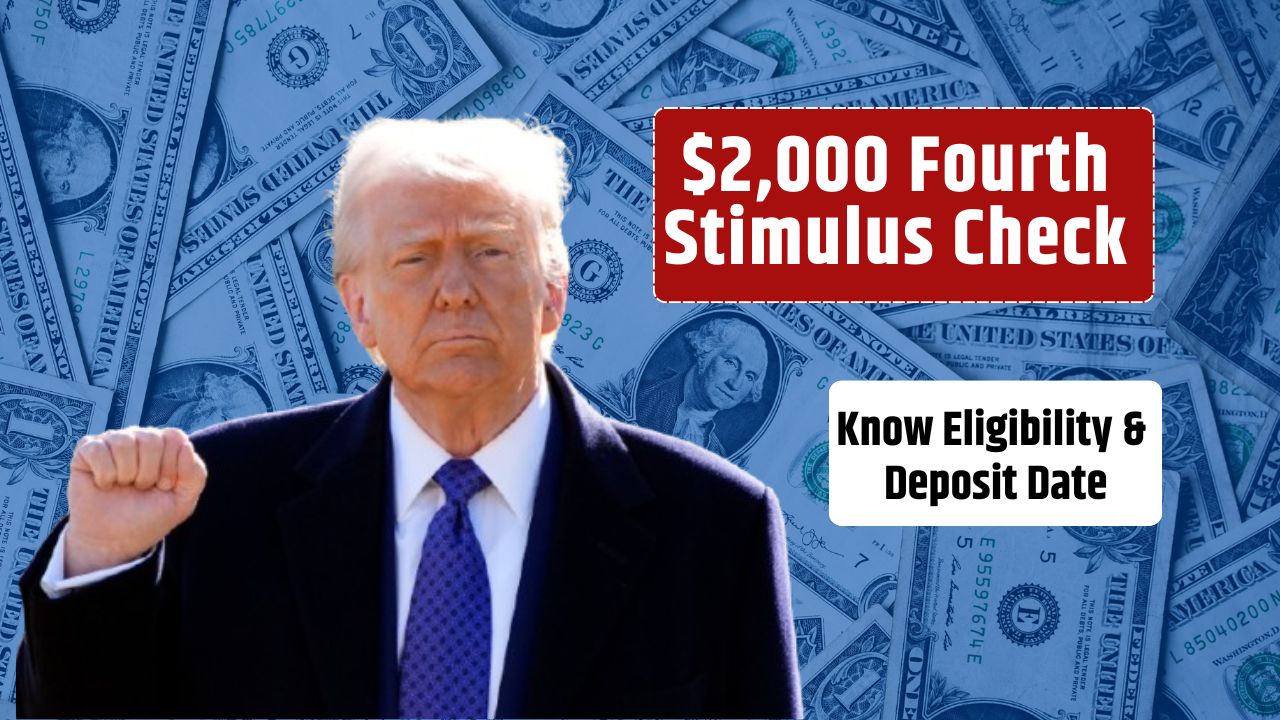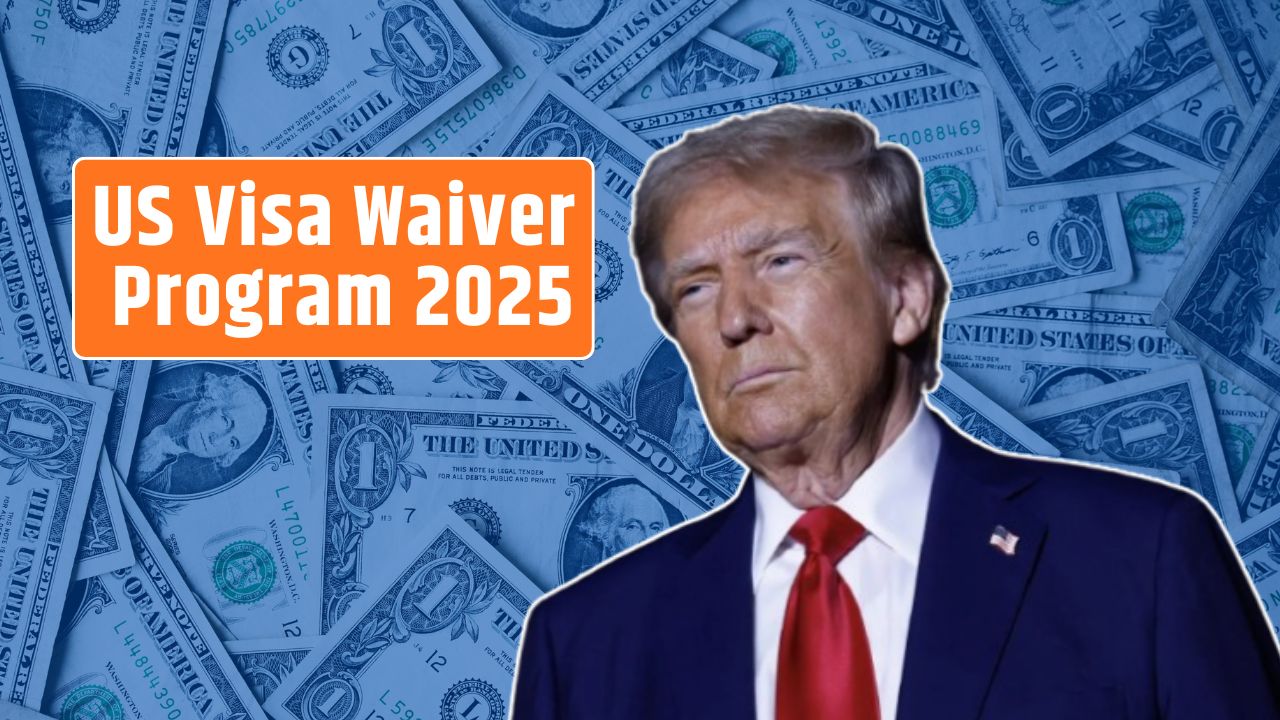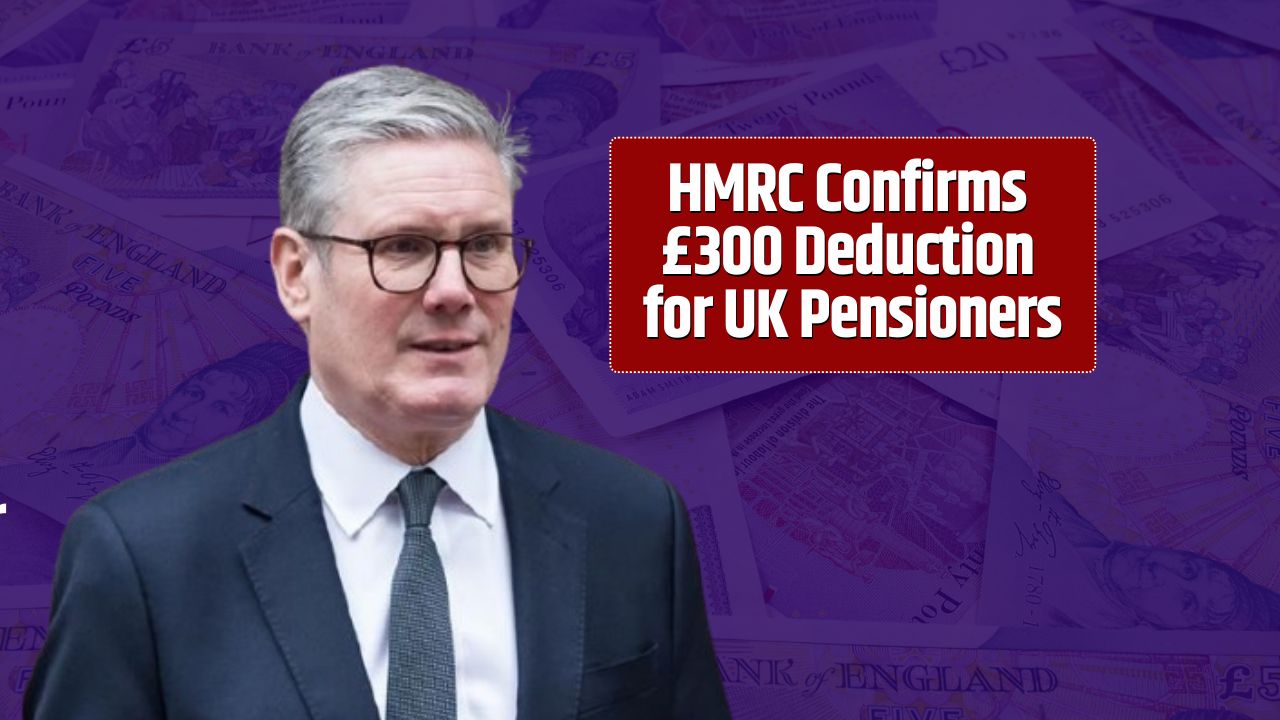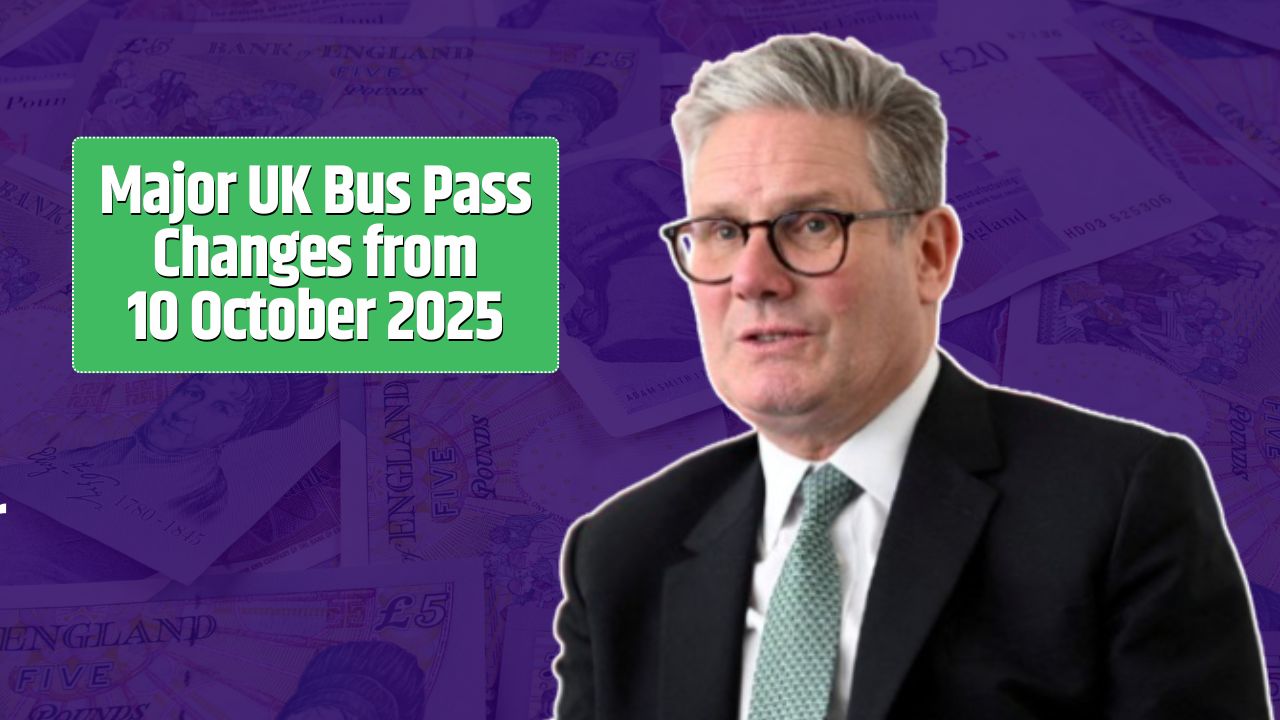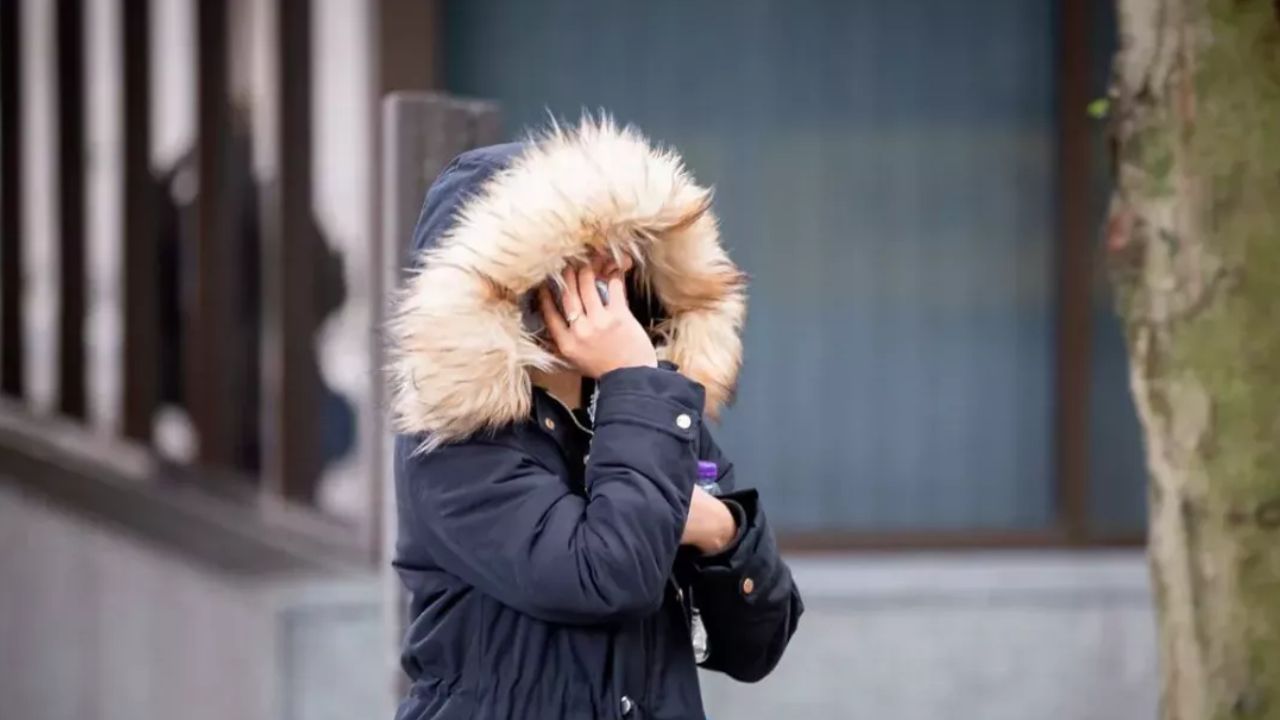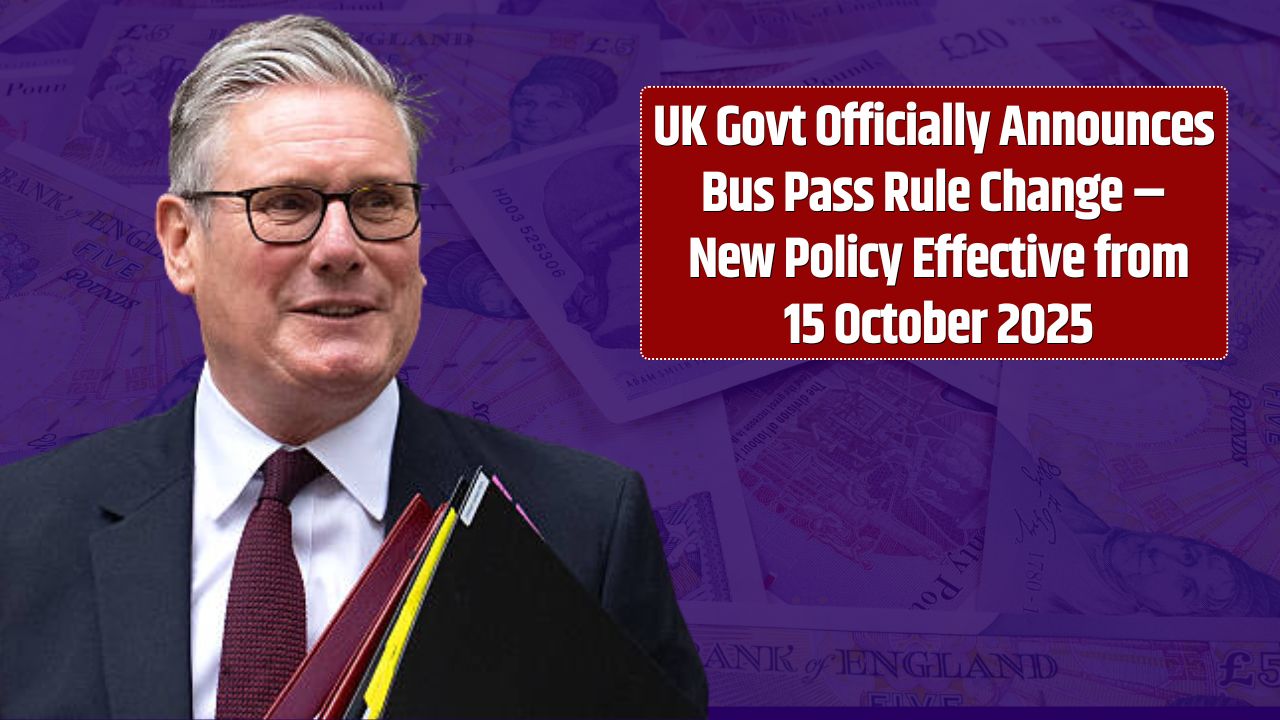It’s been another headline week in fintech — and this time, the buzz isn’t about new features or crypto trading. Cash App has agreed to a $12.5 million class action settlement (roughly ₹104 crore) after being accused of sending unsolicited text messages to users without their consent. If you received a Cash App promotional or referral text between 2018 and 2023, you could be eligible for a $147 payout (around ₹12,250).
What Happened — And Why It Matters
The lawsuit, filed in a U.S. federal court, accused Cash App of violating the Telephone Consumer Protection Act (TCPA) — a federal law that prohibits companies from sending commercial or promotional text messages without prior user permission.
Plaintiffs alleged that the fintech giant, operated by Block, Inc. (formerly Square), sent mass promotional SMS campaigns pushing users to sign up or refer friends. Many recipients said they’d never used Cash App or agreed to receive such messages.
Rather than fight a long and expensive legal battle, the company agreed to settle for $12.5 million, while making no admission of wrongdoing. This move lets Cash App close the case without further legal exposure — but it also reignites conversations about digital consent and privacy in fintech marketing.
Who Can Claim the $147 Settlement
The court-approved fund will distribute payments to qualifying U.S. users who meet all eligibility criteria.
| Eligibility Criteria | Details |
|---|---|
| Timeframe | Received Cash App messages between 2018–2023 |
| Consent | Messages sent without your permission |
| Claim Status | Must have filed or plan to file a claim in the class action |
| Location | Must be a U.S. resident |
In plain terms: if you were spammed by Cash App and didn’t opt in, you could get paid.
How Much Will Claimants Receive?
The maximum payout is $147 per person, but the final figure depends on how many valid claims are filed. After subtracting legal and administrative fees, the remaining pool will be divided equally among approved claimants.
Payments will be made via direct deposit or mailed check, depending on your choice when submitting the claim form.
How to File a Claim
If you qualify, here’s the simple process to claim your share:
- Visit the official settlement website listed in the court notice.
- Fill out the online claim form (name, contact info, and proof of eligibility).
- Submit the form before the filing deadline (usually 30–60 days before payout).
- Wait for confirmation and payment, which will be processed after the court gives final approval.
Those without internet access can often mail in a paper claim — check the official site for details.
Note: Always verify the website is legitimate. Fraudsters sometimes create fake settlement pages to steal personal information. Use only the URL provided in official court documents or at https://www.uscourts.gov.
Are International Users Eligible?
Unfortunately, no. The settlement applies only to U.S. residents. Even if you use Cash App in another country — such as India — you’re not eligible for compensation under this specific class action.
That said, this case sets an important precedent: global fintech platforms are being held accountable for user consent violations, and similar cases could appear in other jurisdictions in the future.
Why the $12.5 Million Settlement Was Reached
For Cash App, this wasn’t just about avoiding fines — it was about avoiding brand damage. The company remains one of the most popular peer-to-peer payment apps in the U.S., handling billions in annual transfers.
By settling, Cash App:
- Avoided prolonged litigation and public scrutiny.
- Prevented potentially larger statutory damages under TCPA (which can reach $500–$1,500 per illegal message).
- Demonstrated cooperation with regulators while maintaining user trust.
What Is a Class Action Lawsuit?
If you’re new to the concept, a class action lawsuit lets a group of people with similar grievances sue collectively. Instead of thousands of individuals filing separate cases, one or a few “representative plaintiffs” file on behalf of all affected users.
| Feature | Description |
|---|---|
| Purpose | Represents a large group in one unified lawsuit |
| Benefit | Shared legal costs and collective justice |
| Eligibility | Anyone meeting the defined criteria |
| Outcome | Compensation shared among claimants |
In this case, users who received spam messages were grouped together as a single class, allowing them to pursue justice collectively.
Lessons for Users — and Fintechs
This isn’t just about a $147 payout — it’s a wake-up call for both consumers and digital businesses.
For users:
- Never ignore spam or unsolicited texts.
- Report violations under the TCPA or join legitimate class actions.
- Stay alert to phishing and fake claims linked to real settlements.
For fintech companies:
- Ensure explicit consent before sending marketing or referral messages.
- Regularly audit data practices and third-party agencies handling communications.
- Build transparent opt-in systems to protect users and brand credibility.
The Impact on Cash App’s Reputation
Despite the legal hiccup, Cash App’s core user base remains strong. Still, this case adds to growing public skepticism about data privacy in digital finance.
The settlement shows Cash App’s willingness to rectify mistakes quietly, but it also highlights a bigger issue across the fintech industry: how easy it is for aggressive marketing to cross legal lines.
FAQs:
Who can file a claim?
U.S. residents who received unsolicited Cash App text messages between 2018 and 2023.
How much will I get from the Cash App settlement?
Eligible users could receive up to $147, depending on total claims filed.
When will payments be issued?
After the final court approval, likely in mid-2025 or early 2026.
